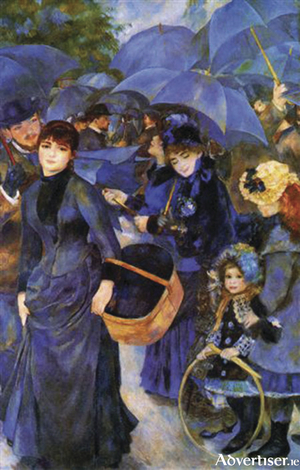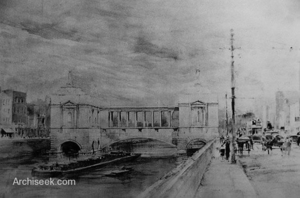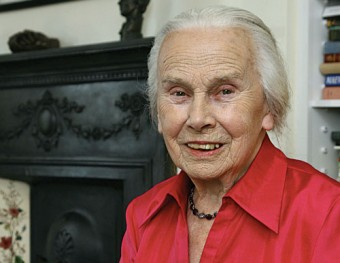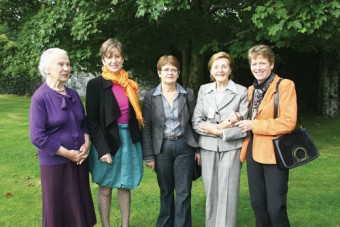Search Results for 'Hugh Lane'
6 results found.
How Ireland lost thirty nine famous paintings

The sinking of the Lusitania on May 7 1915, off the Cork coast, by a German submarine electrified Ireland, Britain and America. In Ireland, the fact that German submarines were lurking so close to the Irish shore, added fuel to the propaganda that Germany was planning to invade the country. It spurred recruitment into the armed forces. In Britain, the shameful practice of using passenger liners to carry munitions across the Atlantic without telling the passengers they were in effect travelling on a British war ship, was to come to an end.
‘Ashamed, as one often is, of Dublin’

In the closing weeks of the summer of 1913, there was intense activity at Coole Park, the heart of the Celtic Literary Revival. The considerable energies of both Lady Gregory and WB Yeats were fully committed to supporting Gregory’s nephew Hugh Lane, and his quest to establish a municipal gallery of modern art in Dublin.
A heavy shadow over Coole
In Roy Foster’s impressive biography of WB Yeats* he tells an interesting anecdote concerning the sinking of the RMS Lusitania off the Cork coast on May 7 1915. The Galway writer Violet Martin (the second half of the caustic but amusing Sommerville and Ross duo), was walking by the sea near Castletownshend, Co Cork, when she saw the Lusitania pass in ‘beautiful weather’. Half and hour later, as the ship steamed passed the Old Head of Kinsale on her way to Liverpool, it was torpedoed by a German U-boat. Nearly 2,000 people perished.
Celebrating Lady Gregory - the Autumn Gathering at Coole

TOMORROW, SATURDAY, and Sunday, the fabled Coole Park plays host to the 14th annual Lady Gregory Autumn Gathering which, as ever, features a top-notch array of speakers and performers coming together to celebrate Lady Gregory and her world.
Some of the awful things George Moore said...
You might think that those at the core of the Irish literary renaissance at the beginning of the 20th century, were one big happy family beavering away in their rooms at Lady Gregory’s home at Coole, Co Galway. In those early days it was a house full of voices and sounds. Sometimes you heard WB Yeats humming the rhythm of a poem he was cobbling together; or the click-clacking of Lady Gregory’s typewriter as she worked on another play for the Abbey. There was the sound of the Gregory grandchildren playing in the garden; the booming voice of George Bernard Shaw, as he complains that he is only allowed to have either butter or jam on his bread, but not both to comply with war rations (He cheated by the way. He put butter on one side of his bread, and when he thought no one was looking, piled jam on the other!); or the voices of the artist Jack Yeats and JM Synge returning from a day messing about on a boat calling out to a shy Sean O’Casey to come out of the library for God’s sake and enjoy the summer afternoon.
Will the Lane pictures be the Queen’s gift to Ireland?

Ireland has every possibility of getting back the 39 controversial paintings, willed to the Irish people by art collector Sir Hugh Lane at the beginning of the 20th century, but which remain in London because the codicil to his will was not witnessed. “Hugh Lane’s intentions were absolutely clear”, the dynamic director of the Hugh Lane (formerly Dublin City) Gallery, Ms Barbara Dawson said in Coole last weekend, “there is no reason on earth why the paintings are not on Irish soil permanently.”

